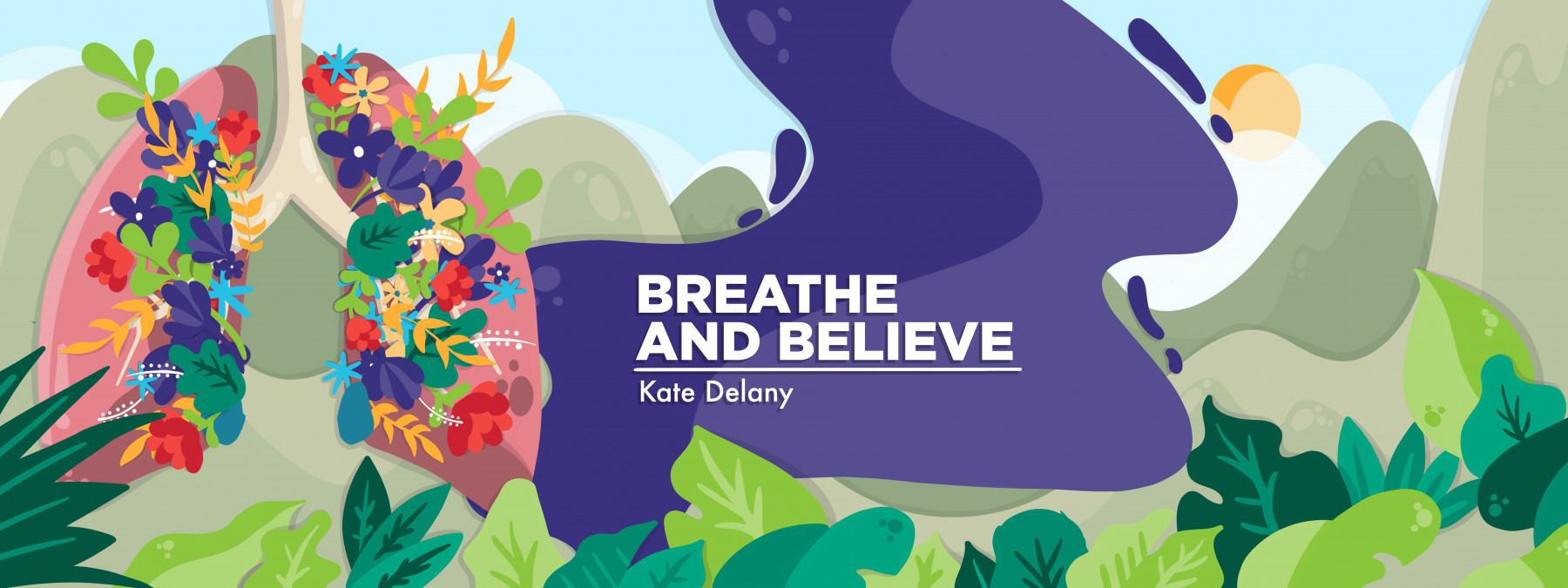Little Books That Communicate Big Ideas About Health

When I was a kid, at the start of every school year my mother would pay a visit to my younger sister Mary’s new teacher to share information about Mary’s cystic fibrosis. One of the items she would share was a “Super Cystic and Fabulous Fran Fibrosis” book.
These little books narrated the adventures of superheroes Super Cystic and Fran Fibrosis as they battled Boris Bacteria and Nasty Pneumonia. Super Cystic and Fran Fibrosis were created by Matt Schmidt, a CFer who passed away in 1980 at the age of 21. The year after his death, the pharmaceutical company Organon published his coloring book for distribution to CF patients and their families.
When I had my own kids, I was disappointed that I couldn’t find copies of those little books anywhere. I liked the idea of using picture books to tackle various CF-related complexities. So, I began cobbling together my own little reading list to help my kids grapple with challenges related to illness and their frequently hospitalized “Aunt Mare.”
Books about hospitalization and treatment
Knowing that my kids would be spending time visiting their aunt in the hospital, I read them children’s books about health, such as “Curious George Goes to the Hospital.” In the book, George lands himself in the hospital after eating a shiny puzzle piece. While he’s there, he makes a mess, raises the ire of adults, and amuses kids.
One of the kids he amuses is Betsy, a little girl who is feeling scared and lonely while hospitalized. The book does a good job making hospitals feel less scary while also addressing the feelings of those who are there.
“A Visit to the Sesame Street Hospital” offers similar reassurances that hospitals are places of care, not places to be afraid of. Preparing for a tonsillectomy, Grover gets a behind-the-scenes tour of a hospital. Via the lovable muppet, young readers get to do the same.
Stories about the origin of illness
Both of my kids were big fans of the “Let’s-Read-and-Find-Out Science” series. Their title “Germs Make Me Sick,” by Melvin Berger, seems even more timely now in the age of COVID-19. The book uses simple, clear language and illustrations to explain how germs are transmitted and why routine hand-washing is so essential. It helped my kids as elementary school readers understand both how they can protect their health and help to minimize their aunt’s exposure to germs.
Though more intellectually complex, “Gregor Mendel: The Friar Who Grew Peas,” by Cheryl Bardoe, is a visually appealing picture book that introduces young readers to the discovery of genetics. My younger sister bought this for my kids, and it led to drawing out Punnett squares to explain the science behind genetic disorders, and how one sibling can inherit a disorder that passes other siblings by.
Reframing ableism
My sister has suffered profound hearing loss due to ototoxicity from CF medications and uses hearing aids. When she first got them, my kids were intrigued by Aunt Mare’s new ears. So, I was excited to discover Gary Clemente’s “Cosmo Gets an Ear,” which details one boy’s diagnosis of hearing loss and his acquisition of a hearing aid.
Picture books about hearing aids are hard to come by, at least in my experience. This one has funny quizzes throughout, and also addresses the complex feelings that hearing aids might induce as Cosmo initially is reluctant to use his.
Gina and Mercer Mayer’s “A Very Special Critter” is another short, fun read that takes aim at ableism. Kids are naturally curious and are likely to ask questions when they encounter a differently-abled person. These questions may make adults uncomfortable, but telling kids not to notice differences is counterproductive and a missed opportunity to teach empathy.
In this picture book, Little Critter befriends a boy in a wheelchair, and the two spend a day of shared favorite pastimes together.
Dealing with anxiety around illness
I picked up the book “Felix and the Worrier” not necessarily to address any particular theme, but because my son’s name is Felix. The book does a great job exploring anxiety, though.
The main character, Felix, is busy and carefree during the day, but at night, he is kept awake by nagging thoughts that show up at the foot of his bed, along with a fuzzy little “Worrier.” After several sleepless nights, Felix’s parents find him someone to chase the Worrier away from his bed — a puppy. (So, it’s also a great plug for the validity of pet therapy!)
The anxiety so common in the CF community is the central focus of Raina Telgemeier’s “Ghosts.” This graphic novel dramatizes the emotional struggle of an older sister worried about her younger CF sister’s health. I was grateful when one of my kids’ teachers gifted our family this book that grapples with a difficult but important theme: the fear of mortality.
***
Note: Cystic Fibrosis News Today is strictly a news and information website about the disease. It does not provide medical advice, diagnosis, or treatment. This content is not intended to be a substitute for professional medical advice, diagnosis, or treatment. Always seek the advice of your physician or other qualified health provider with any questions you may have regarding a medical condition. Never disregard professional medical advice or delay in seeking it because of something you have read on this website. The opinions expressed in this column are not those of Cystic Fibrosis News Today, or its parent company, Bionews, and are intended to spark discussion about issues pertaining to cystic fibrosis.









Leave a comment
Fill in the required fields to post. Your email address will not be published.